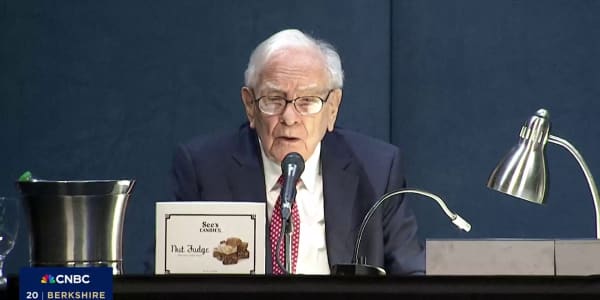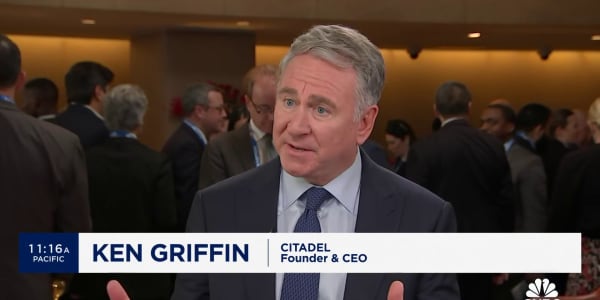Economist Nouriel Roubini believes it's time for investors to consider art an asset class, just like stocks, bonds and commodities.
However, the renowned "Dr. Doom" issues a warning with that consideration: There's reason to believe that there's so much interest in what he calls an "extremely large" market with a possible valuation of $70 billion that a bubble is forming.
In a report the head of Roubini Global Economics sent to clients, he cautions that while there is potential for "significant" returns, the nature of the business—in which "art fairs have become big business," and "private banks and financial institutions" are offering art-related services—is that it's ripe for overheating:
There is a lack of a fundamental pricing model for art.
This lack of a fundamental pricing model means that art is subject to fads, fashions, manias—and potentially bubbles. (Markets sometimes run into major challenges even when assets have fundamental pricing models—let alone without them.)
The preceding quote comprises reasons 10 and 11 of 12 that Roubini listed for why investors should consider art a legitimate asset class. In No. 12, he warns about bubble dangers:
Read MoreHey, big spender: Luxe buyer not who you may think
Is the art market now in a bubble? Is the bubble about to burst? These questions are now being raised about the art market. As I mentioned earlier, the fact that art trades in a way that cannot be reduced to a fundamental valuation makes answering these questions more complicated. Despite this uncertainty, there are those who say, "This time is different." Those who believe that often cite the rising forces of globalization, which are now enriching a whole new class of wealthy individuals, whom they believe are going to demand art both for its aesthetic value and for investment purposes.
However, it's worth mentioning that we've had booms and busts in the art world in the past. There was a major bust in the early 1990s. In the late 1980s there were a group of star artists whose stars ultimately dimmed, and the value of their art fell sharply. In the end, there are always fads. Everyone wants to own the work of the latest 'It' artist. In art, like in everything else, everyone wants the new shiny thing.






